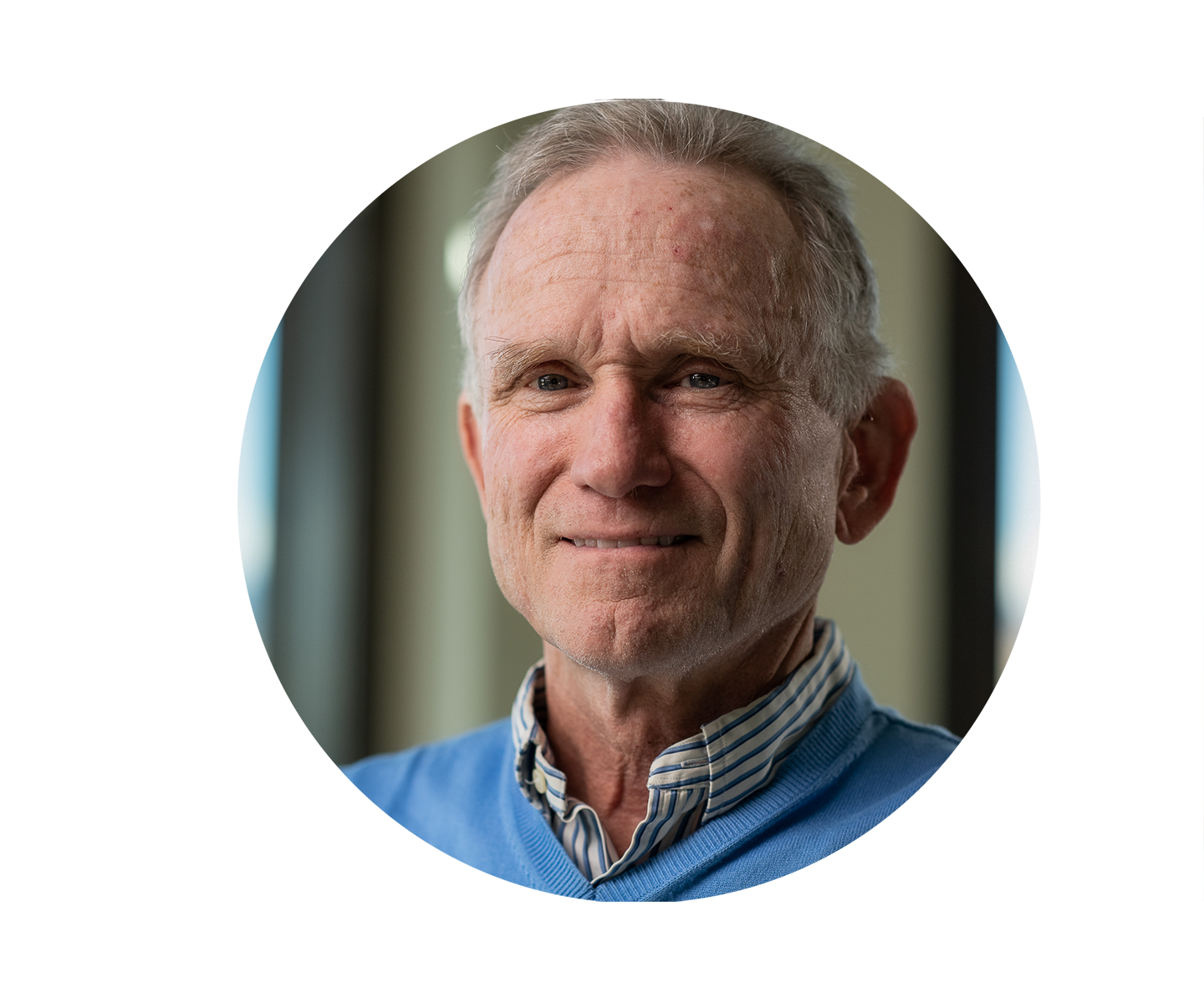Simple and Powerful Mindful Leadership Theory for Business Executives
Mar 07, 2023
Mindful leadership is good for business. I share a lot of mindfulness practices, which you can read more about in my book, Profit with Presence, but in addition to understanding how to practice mindfulness, it’s important to know some of the theory and history behind why mindfulness makes you a more effective leader.
A quick and easy history of mindful leadership theory
A CEO doesn’t have to be enlightened to be mindful, but the word enlightenment is thrown around so much, and by a culture that often doesn’t understand what it means, that I thought it would be instructive to visit the topic of enlightenment.
First is the enlightenment period, an intellectual and philosophical movement that dominated Europe in the seventeenth and eighteenth centuries with global influences and effects. I designate this meaning of enlightenment with a lowercase e.
Second is what Buddhists refer to when they use the term Enlightenment. Buddhists believe that human life is a cycle of suffering and rebirth but, by achieving a state of Enlightenment (nirvana), it’s possible to escape this cycle forever.
Siddhartha Gautama (563–483 BC) was the first person believed to reach this state of Enlightenment and is known as Buddha. I will designate this definition with an uppercase E because this is the definition most closely tied to mindfulness and Presence.
One simple way to think of this Eastern concept of Enlightenment is that it means you reside in consciousness, or Presence, as your primary self, and when your body is abandoned at death, your consciousness returns to universal consciousness.
Importantly, and why I am bringing up the subject, these two definitions are merging in the current scientific and mindfulness research, and they are helping both fields to explain, understand, and grow mutually, with each supporting the other.
Especially for CEOs, enlightenment means they will be guided by facts and science, and now that science is starting to better understand and embrace consciousness, CEOs can also embrace mindfulness and the usefulness of Presence.
How top executives use mindful leadership in the workplace
As a leader, you get to define enlightenment for yourself, so it must be achievable on your terms. What does mindful leadership look like for you in this moment? Choose that!
After all, mindfulness is a choice and that one must be continually choose. First, you choose to follow the path of mindfulness and discover and honor your inner purpose in all that you do. When presented with a situation, you sense a choice, and when you honor that choice, you’ve made a selection consistent with your inner purpose. This is the mindful choice in that moment.
To illustrate, let’s say you are presented with the possibility of cutting a corner that you know won’t be discovered and will save money. Tension occurs because thoroughness was promised, but completing the task as promised will reduce profit.
One choice is to take the shortcut. However, the mindful choice is to do what’s promised and learn from it for the next time a choice presents itself.
The mindful leader makes a series of mindful choices and if they result in errors, fixes them when possible. They are not perfect but endeavor to do the right thing in each moment.
When the moments are added up, it makes a meaningful difference for the leader, their family, organization, community, and the world. What you choose in each moment matters. You matter.
If this sounds too lofty, remember that it’s a process, and getting on the path with an ideal or vision in mind is what’s important.
Furthermore, these are my principals, and what matters more is what a mindful CEO (or leader or professional) is to you, and what principles you practice or adopt. Feel free to modify this to reflect your situation and see how you can move the needle toward a more mindful world.

I wrote a book, Profit with Presence: The 12 Pillars of Mindful Leadership, which goes in to further detail about this topic and more.
Although the world is currently abuzz with the term “mindfulness,” some believe mindfulness is a fringe activity to be practiced before or after the workday, if at all. Too few business professionals take the time needed to be present and aware throughout the workday, which is counterproductive. Mindfulness is not only a path to personal success, but a sound business strategy.
My hope is to positively impact the world through infusing more mindfulness into business -- and it starts with each of us individually. Together, we can create a future where mindfulness is deeply embedded in our work culture, leading to greater well-being, productivity, and meaningful success for all.
I am available for select 1:1 coaching; workshop facilitation and key note speaking: email [email protected] with inquiries.
- Dr Eric Holsapple

Are you a professional that is seeking more to this life?
Get my free mindfulness resources here
Learn more about my book, Profit with Presence: The 12 Pillars of Mindful Leadership here
Check out the Profit with Presence Podcast Miniseries here
Watch videos on YouTube here
Learn more about my nonprofit, Living in the Gap, here
Connect with us on social media:
